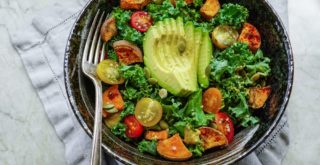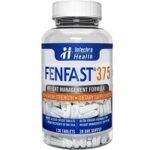The benefits and importance of eating organic, non-GMO foods is becoming increasingly clear, but as much as it might be nice to buy organic foods, the price tag can often make this practice prohibitive. There may be a growing range of organic foods on the shelves, but they have yet to become popular enough to generate the type of competition that is required in order to bring the prices down to the level of foods produced in the traditional commercial way.
That said, just because this is the case, it doesn’t mean that you need to wait until the demand grows to the majority of the mainstream in order to keep the use of chemical pesticides and herbicides as well as genetic modification out of your dinners. Instead, you just need to be clever about the way that you buy organic food.
To make it more affordable to make the switch to organic, use the following tips:
• Transition yourself to an organic grocery list in a gradual way. This will allow you to become more familiar with the food options and their prices so that you can spot a deal when you see one.
• Comparison shop to find out where you can find the cheapest options. Prices can vary widely, even within the same city. Sometimes it is the large supermarket chains that offer the best prices, while other times the small natural food stores will be your best friend. By comparing, you’ll start to learn where to buy different foods for the best prices on everything, or where you can obtain the best overall price if you buy everything at once.
• Choose the most important organic foods first. Organic meat, cheese, and milk will have a larger impact on your overall health than grains and produce as conventional meat and dairy frequently have the highest levels of pesticides and can contain hormones, as well.
• Save money on organic foods by buying directly from local growers. You might be able to find some great options at local farmers markets, and you’ll find that grocery shopping is more fun there, too.
• Keep on top of the latest lists of “dirty” foods. Certain produce items are higher in contaminants than others. Check out the Environmental Working Group’s lists and focus on buying organic food versions with the unhealthiest alternatives, first, then move on to others if you still have room in your budget.




















